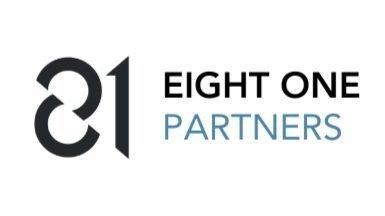Is a 'Profit First' System a Good Idea?
Managing finances as an early-stage founder can be challenging, and finding the right system to keep your business on track is crucial. One method some entrepreneurs explore is the 'Profit First' system, a budgeting technique that involves allocating specific portions of every dollar of revenue to different expenses such as inventory, taxes, or marketing. But is this approach right for your business? Let's dive into the pros and cons of using Profit First, and identify which types of businesses might benefit most from this method.
What is a Profit First System?
The Profit First system is a more aggressive form of budgeting that ensures you’re setting aside money for key expenses the moment revenue comes in. Essentially, you "encumber" (or allocate) specific percentages of each dollar earned to different purposes—such as saving for taxes, paying for inventory, or covering marketing costs. This system is particularly popular among those who follow financial advice from figures like Dave Ramsey.
The Benefits of Profit First
Forced Savings for Taxes and Expenses
One of the key advantages of the Profit First system is that it helps you save for taxes and other critical expenses right from the start. This can prevent unpleasant surprises down the road, ensuring you have the funds needed to cover your obligations.
Disciplined Financial Management
By allocating funds immediately, you create a disciplined approach to managing your finances. This can help prevent overspending and ensure that you’re consistently putting money aside for future needs.
Suitable for Certain Business Types
The Profit First system can be particularly effective for stable, family-operated businesses, or those in trades such as HVAC companies, counseling practices, or even audiology offices. These types of businesses typically have predictable expenses and may benefit from the structured approach Profit First offers.
The Drawbacks of Profit First
Time-Consuming Implementation
Implementing the Profit First system can be time-consuming and requires a high level of diligence. This method involves setting up multiple bank accounts, regularly allocating funds, and constantly monitoring your finances, which can be a burden for founders already stretched thin.
Potentially Limiting Growth
For high-growth companies, especially in the software or tech space, the Profit First system might be too restrictive. These businesses often need to reinvest heavily in marketing, product development, and customer acquisition to fuel growth. Using a strict budgeting system based on historical data may limit your ability to capitalize on new opportunities or respond to changing market conditions.
Communication Challenges
Explaining the Profit First system to your bookkeeping or accounting staff can be challenging. Many bookkeepers may not have the experience or expertise needed to effectively manage this type of financial system, leading to confusion and inefficiencies.
Is Profit First Right for Your Business?
Best Fit:
The Profit First system is most appropriate for businesses with stable, predictable revenue and expenses—such as trades, family-owned businesses, or companies that provide services with steady demand. These businesses can benefit from the forced savings and disciplined approach that Profit First provides, helping them avoid financial pitfalls.
Not Ideal For:
High-growth startups, especially those in the software or tech industries, may find the Profit First system too limiting. These companies often need to be agile, with the flexibility to adjust spending quickly as they scale. In such cases, a more dynamic approach to budgeting and financial management is likely to be more effective.
A Special Note on High-Value Service Providers
Interestingly, the Profit First system can be particularly valuable for companies that deal with large contracts or high-value services—like general contractors or trades. When a big payment comes in, it can be tempting to view it as a windfall. However, it's essential to remember that large payments often come with large expenses. By allocating funds immediately to job costs and other critical expenses, you avoid the dangerous trap of thinking you have more money than you actually do. In these cases, Profit First can help you stay financially disciplined and ensure that you’re covering your costs before allocating funds elsewhere.
Is Profit First Right for Your Business?
The Profit First system is a powerful tool, but it’s not a one-size-fits-all solution. For some businesses, particularly those with stable revenues and predictable expenses, it can provide a level of financial security and discipline that’s invaluable. However, for high-growth startups or businesses that need to remain agile, a more flexible approach may be more appropriate.
Before implementing Profit First—or any financial system—it’s crucial to consider your business’s unique needs and growth trajectory. Consulting with experienced financial professionals who understand your industry can help you determine the best approach to managing your finances and setting your company up for long-term success.

